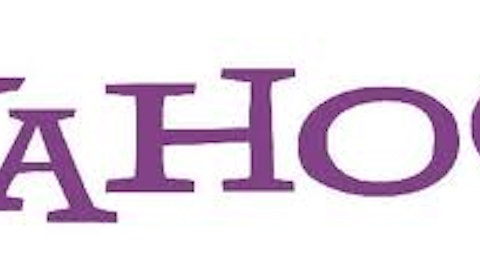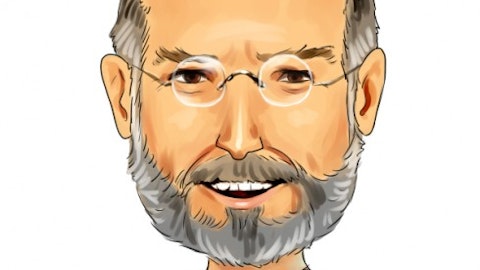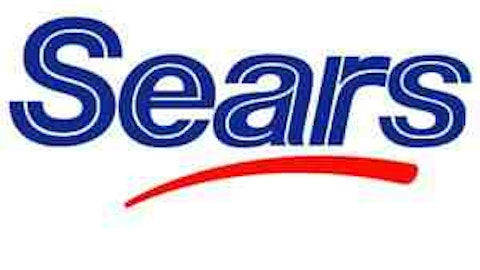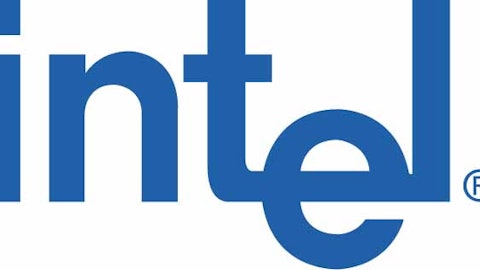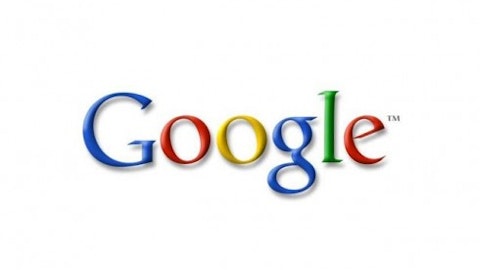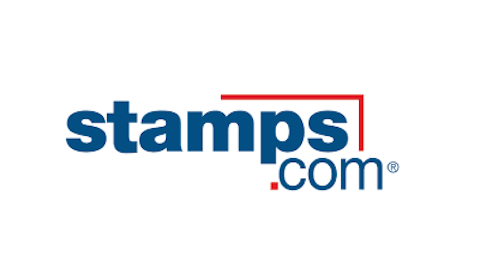A few days back, I’d written that shares of chipmaker Cypress Semiconductor Corporation (NASDAQ:CY) desperately needed a new lease on life. The stock was almost flat since the beginning of the year began and it looked as if 2013 would be another disappointing year for Cypress after a terrible time last year.
But, Cypress Semiconductor Corporation (NASDAQ:CY) recently reported second-quarter results came to its rescue, and shares surged more than 10% as the company posted terrific results. Although revenue of $193.5 million was almost 4% down from last year, it was comprehensively ahead of the $182.8 million consensus. Similarly, adjusted earnings of $0.14 per share were also below last year’s figure, but twice the $0.07 consensus estimate.
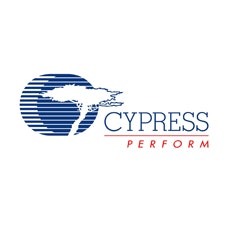
Gaining strength
More importantly, the outlook for the company’s Programmable Systems Division (PSD) business, which accounts for more than 40% of revenue, finally seems to be gaining strength after a lackluster performance in recent quarters. Cypress Semiconductor Corporation (NASDAQ:CY)’s flagship products, such as TrueTouch, CapSense, and the PSoC division are included in this segment, and they really took off in the previous quarter as revenue increased 24% on a sequential basis.
Ramp up of the TrueTouch touchscreen controller and design wins in China, along with a seasonal improvement in sales of CapSense to one of Cypress’ major mobile customers, helped the segment’s performance. It looks like Cypress Semiconductor Corporation (NASDAQ:CY) benefited from Amazon.com, Inc. (NASDAQ:AMZN)’s ramp up of the next generation of Kindle Fire tablets, which are expected to be launched just before the holiday season.
I can say this because Cypress was the supplier of the touchscreen controller for the Kindle Fire HD last time, and since Amazon.com, Inc. (NASDAQ:AMZN) is expected to release its next batch of slates before the holiday season, it would probably be ramping up production now. Amazon’s Kindle Fire tablet is the most popular slate after Apple Inc. (NASDAQ:AAPL)’s iPad and hence, it’s not surprising that Cypress counts on it to provide a boost to sales.
In addition, Amazon has a lot going for it now. Firstly, rival Barnes & Noble, Inc. (NYSE:BKS) recently waved the white flag and said that it’s exiting the Nook tablet business. The company found competition too tough to handle and intends to bank on third-party manufacturers to make Nook hardware going forward.
However, Microsoft Corporation (NASDAQ:MSFT), which had invested $300 million in Barnes & Noble, Inc. (NYSE:BKS) last year, is being touted as a buyer of the Nook business. But, Microsoft’s failed history with the Surface doesn’t inspire much confidence, and a failed venture such as the Nook might not improve much with Microsoft Corporation (NASDAQ:MSFT)’s backing and threaten Amazon.
Throw in Samsung’s recent troubles and the company’s strategy of pushing out a number of tablets rather than a few quality ones, and a solid upgrade to the Kindle Fire should help Amazon do well and pass on the goodies to Cypress. However, it remains to be seen how Amazon’s upcoming tablets will fare against the new Nexus 7 from Google Inc (NASDAQ:GOOG).
However, it should be noted that Cypress also supplies components to Samsung, which is a major customer, and the Korean giant’s tablets in the future should provide further revenue growth.
Cypress’ biggest customer, which is probably Amazon, accounted for 15% of revenue in the previous quarter, but this share is expected to go down to around 10%-12% in the ongoing quarter after the initial ramp up slows down.
